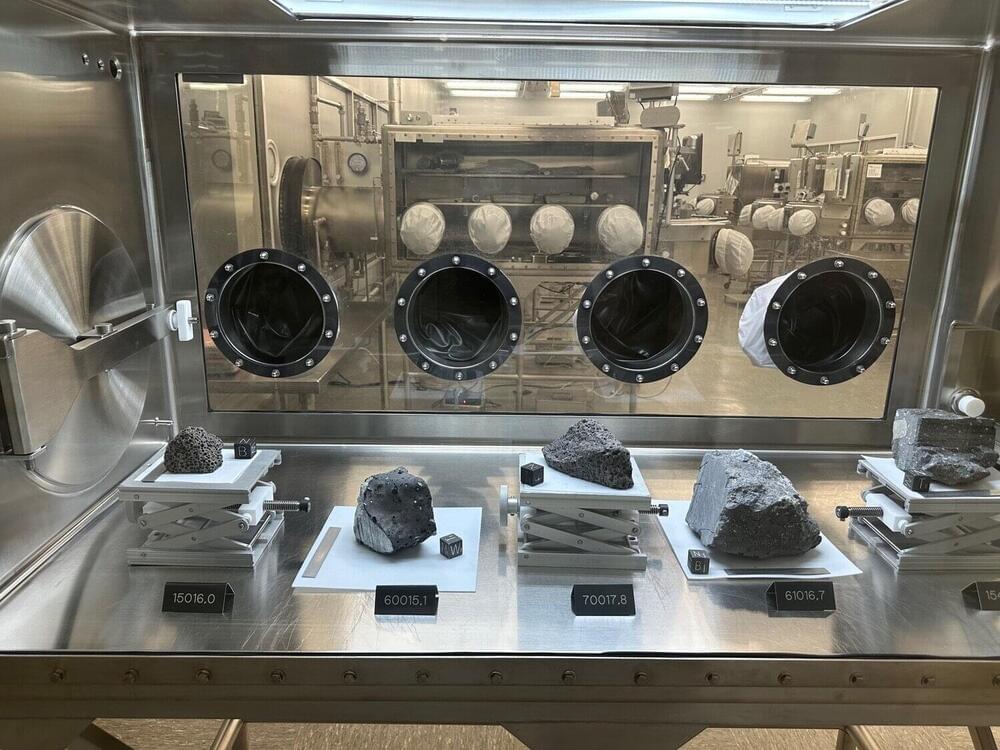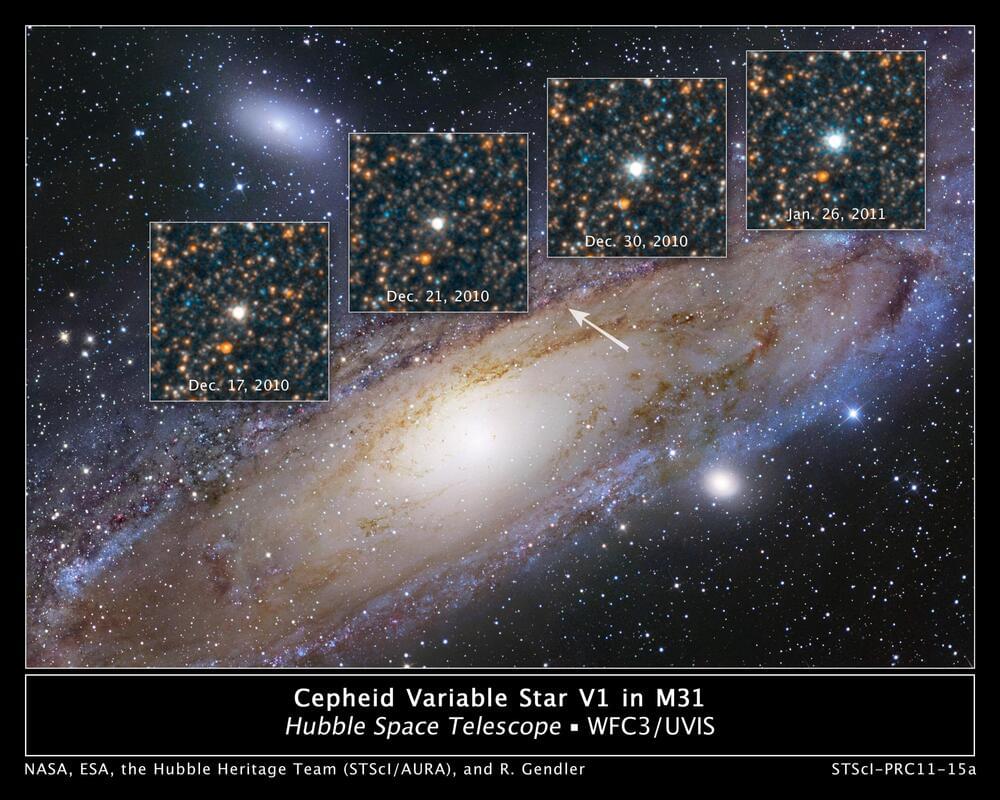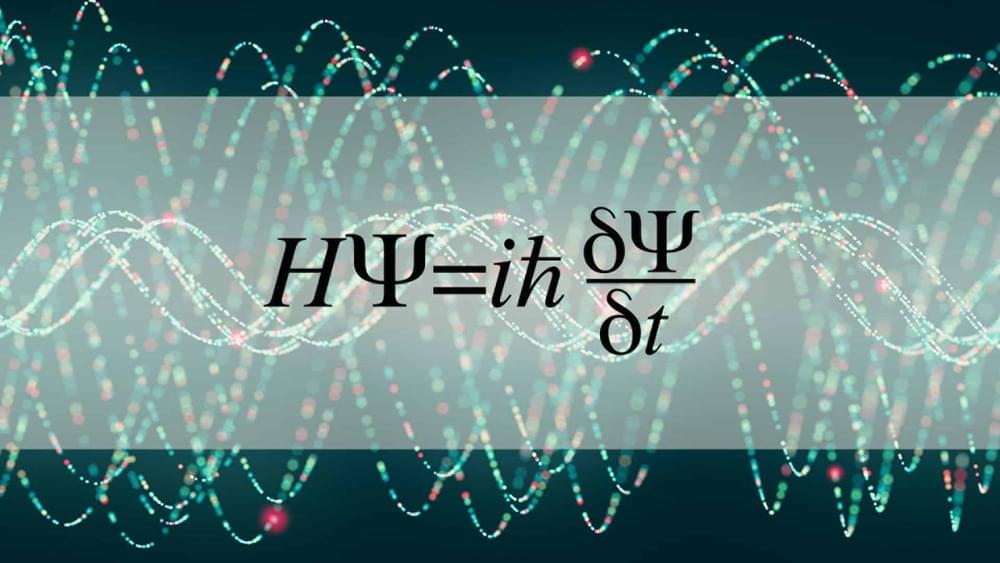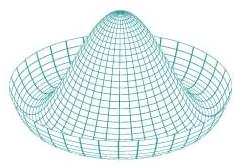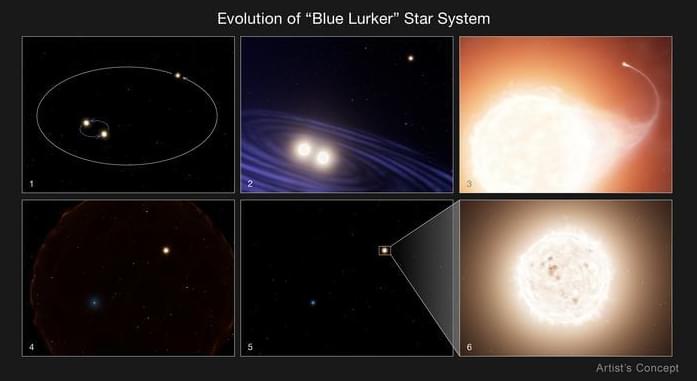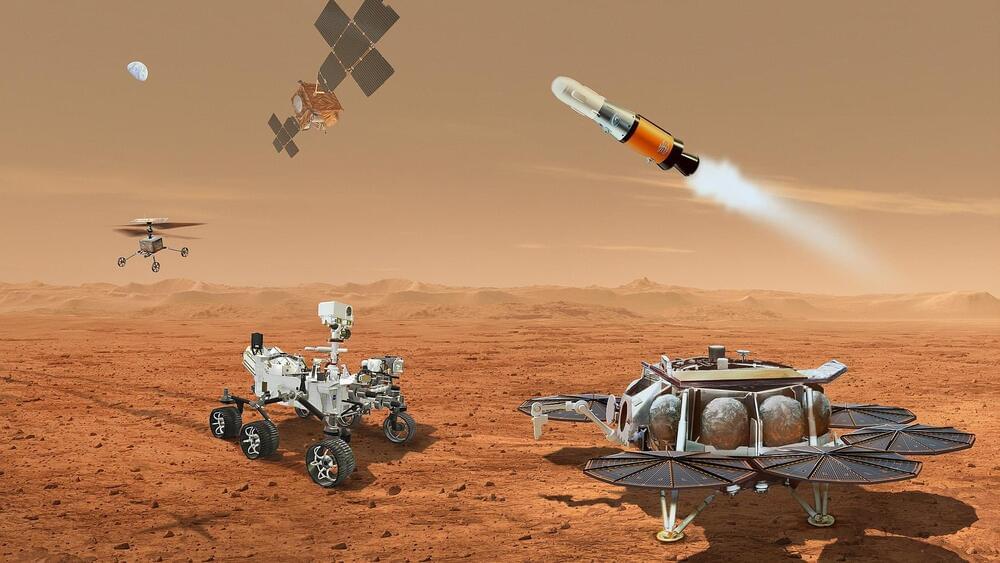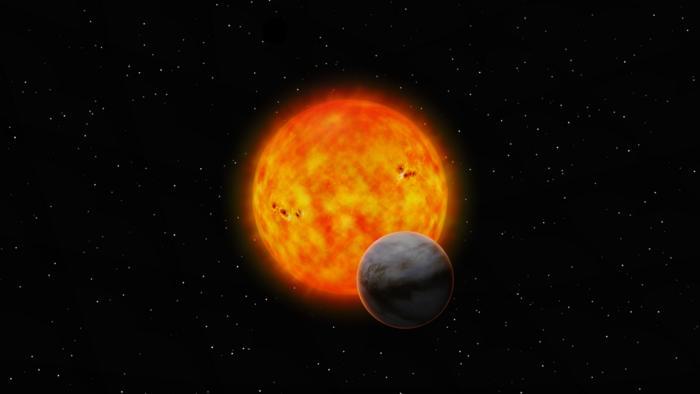Tomorrow at 1PM PT / 4PM ET, we Premiere a new episode of Robots In Space, and this is about bots, including the latest on Phoenix from Sanctuary AI, the impact of cognitive automation on jobs, the Economic Singularity, plus our proprietary Event Horizon Indicator.
Discover how robotics and AI are reshaping our economic landscape in this eye-opening analysis. As an engineer, I break down the latest developments in humanoid robots, particularly Sanctuary AI’s breakthrough in hydraulic robotics and robot dexterity. Learn about my proprietary Event Horizon Indicator that tracks our progression toward the Economic Singularity through labor force participation and unemployment trends. From warehouse robotics to manufacturing automation, understand how the robot workforce is transforming industries and what this means for the future of work. Whether you’re interested in AI economics or concerned about tech unemployment, this video provides crucial insights into the ongoing robot revolution and its impact on our economy.
